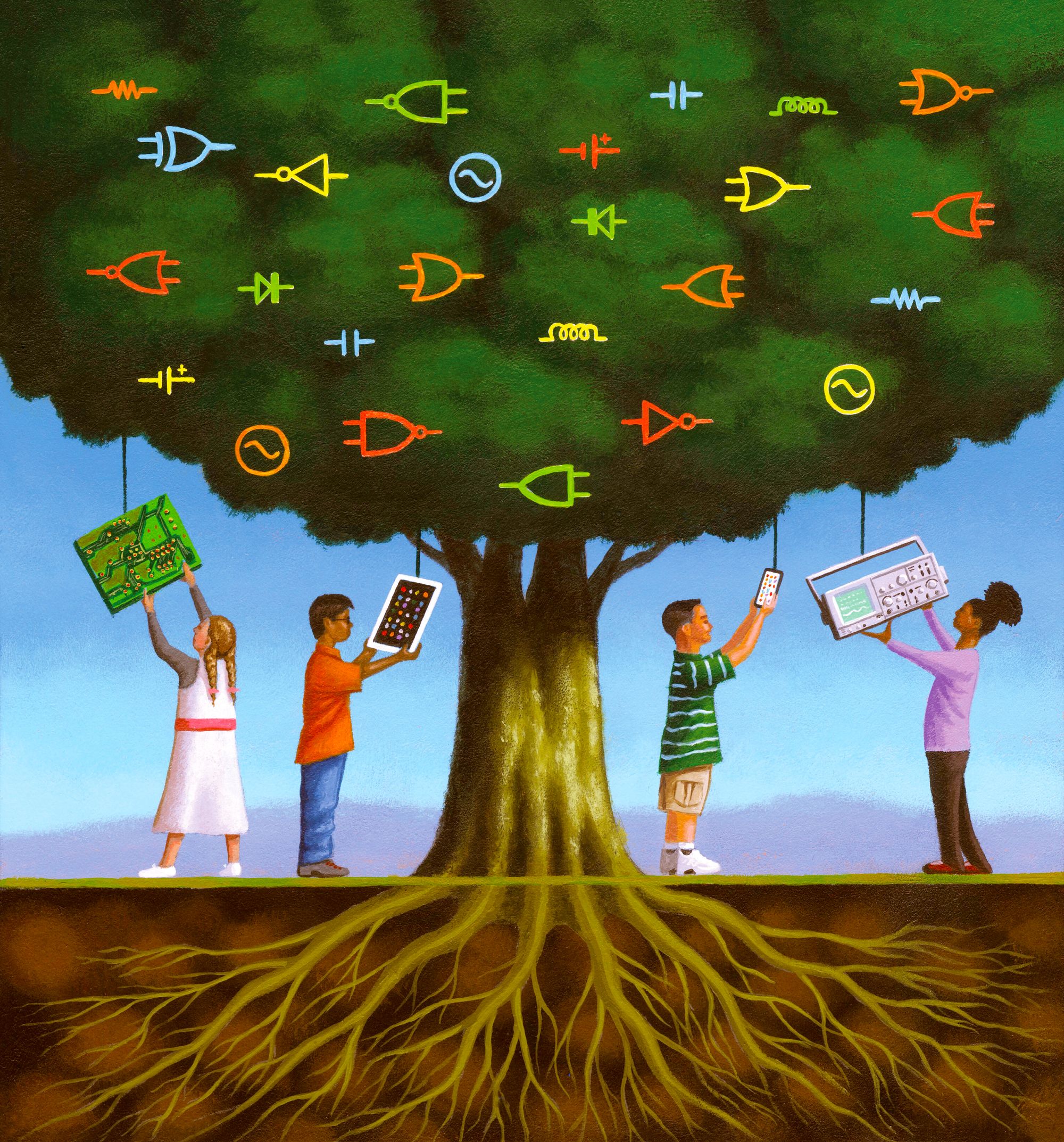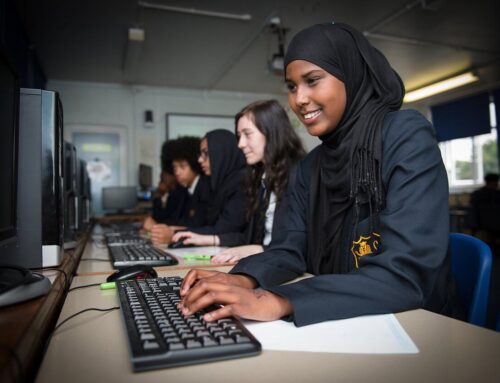In the early 1900s, scientists were baffled by a horse that could seemingly perform arithmetic. Using his hoof, Clever Hans would tap out answers to simple math problems, and could even tell time and keep track of the days in a calendar. Having ruled out fraud—Clever Hans could answer questions even if his trainer was out of sight—a reporter from The New York Times declared Hans an “expert in numbers” whose abilities were verified by “eminent scientific and military authorities.”
It wasn’t until several years later that a scientist, after conducting several experiments, realized that the animal was able to read nonverbal cues from the audience: facial expressions, eye contact, posture, even the release of a held breath. When a question was asked, Clever Hans was able to tell who in the audience knew the correct answer, and by tapping on the floor, what the correct answer was based on subtle changes in body language. He couldn’t do math—but what he could do was still pretty amazing.
What happened to Clever Hans remains a mystery: He was largely forgotten for decades, until scientists began to study the richness of nonverbal communication.
Clever Hans possessed a skill that’s unusual in a horse but fairly common in a teacher. Whether they see a confused look on a student’s face or a furtive glance that confesses, “I don’t know what we’re doing right now,” teachers effectively read the room to gauge how well their students are following a lesson. A sea of blank stares is a clear signal that the teacher needs to explain a concept further.
“Some people read books. I read people,” writes Vicki Davis, a teacher and IT director in Albany, Georgia. “I read the thousand tiny microexpressions that reveal the little things that make a big difference in our bondedness of being teacher and student.”
READING THE VIRTUAL ROOM
In a virtual classroom, much of this information is lost. Does a student look confused because they don’t understand the material or because they can’t figure out how to unmute themselves in Zoom? Is eye contact meaningful when there’s no way to tell if the student is watching funny videos instead? If a student can’t hear the teacher, a simple, “speak up” won’t solve anything unless a few seconds are spent determining the source of the problem.
There are additional limitations to online environments. Teachers can’t pace around the room to glance at student work and check progress. If a student is experiencing network or video lag, they may not feel comfortable asking the teacher to pause while they resolve their technical issues. And there’s little that a teacher can do if students are distracted by their siblings or a TV playing in the background.
Teachers are typically familiar with using student feedback to improve instruction—commonly known as formative assessment. But they tend to focus on how well students understand the material, not how well they can access the material. The distinction is important, according to the authors of a 2019 study, who interviewed eight award-winning instructors of online courses and found that they frequently gathered data on how well their courses were administered “to identify what was working or not.”
“An important element in the development of an award-winning course was the way in which instructors had collected data on the course or engaged with existing evaluation data, reflected on how to improve the course, and made improvements,” explain the authors of the study.
Teachers of high-performing online classes, in other words, read the virtual room and collect feedback not just to gauge how well students understand the subject matter but also to identify any obstacles that may be preventing them from being able to fully participate.
Importantly, the researchers noted that the instructors they interviewed “emphasized their use of data for continuous improvement” as well as their use of surveys as a “helpful feedback tool, and the usefulness of such data for immediate and remedial action, unlike the end-of-semester data.” The researchers cite a 2019 study, among others, to highlight the importance of using ongoing feedback to improve teaching.
- The Making Caring Common Project at Harvard University has a 5-question Covid-19 Check-in Survey focused on student wellness.
- EduCause, a technology-focused nonprofit, developed a longer survey on the transition to remote learning. It’s geared toward higher ed but can be adapted for K–12 schools.
In May, the Hawaii Department of Education administered a 29-question survey—and published survey results that provide insight into what supports students need. - The Center on Reinventing Public Education at the University of Washington, Bothell, analyzed seven national K-12 student surveys and identified key areas that teachers should be aware of, from students feeling concerned about falling behind to “distractions, lack of motivation, and lack of social connections” as major challenges to online learning.




